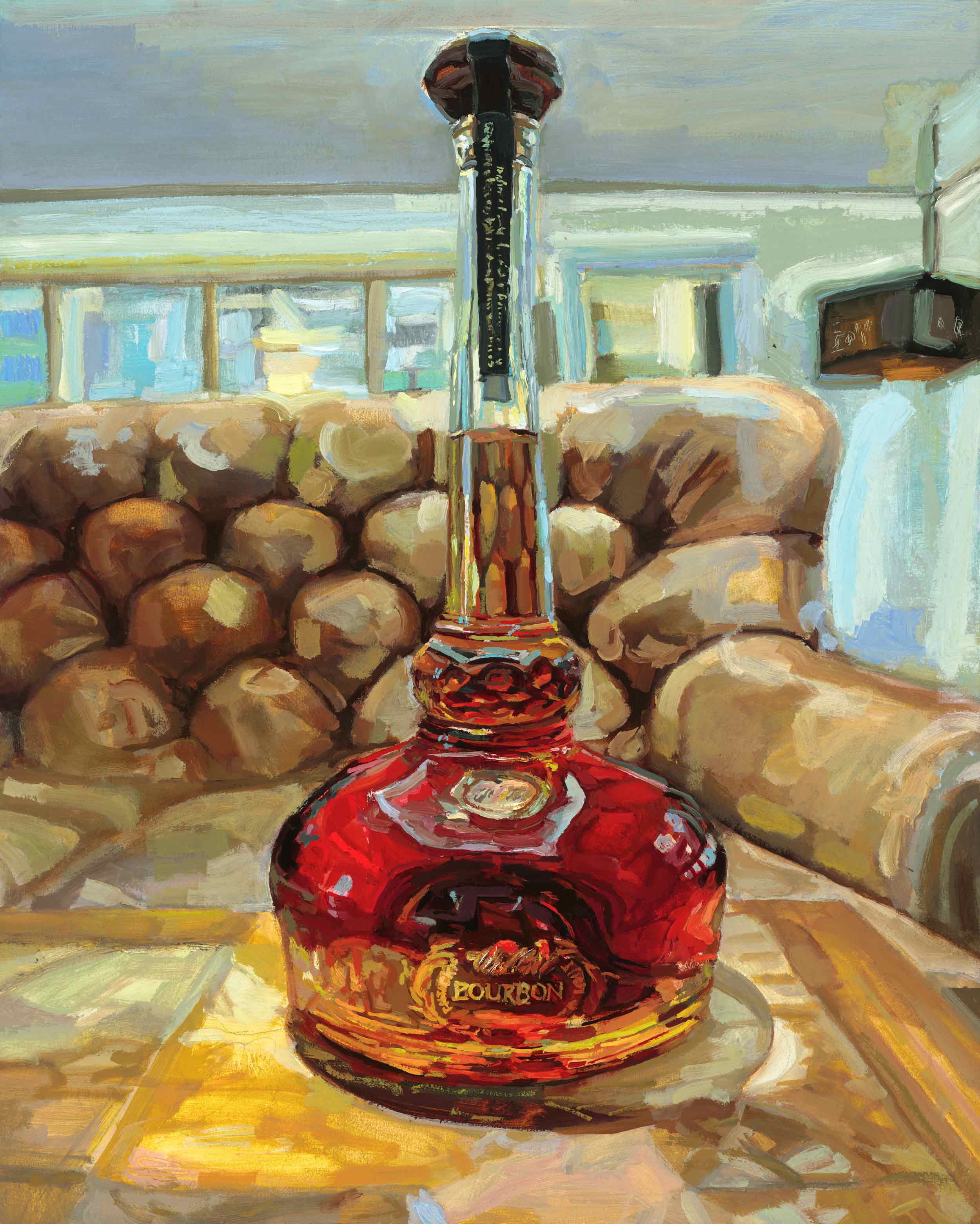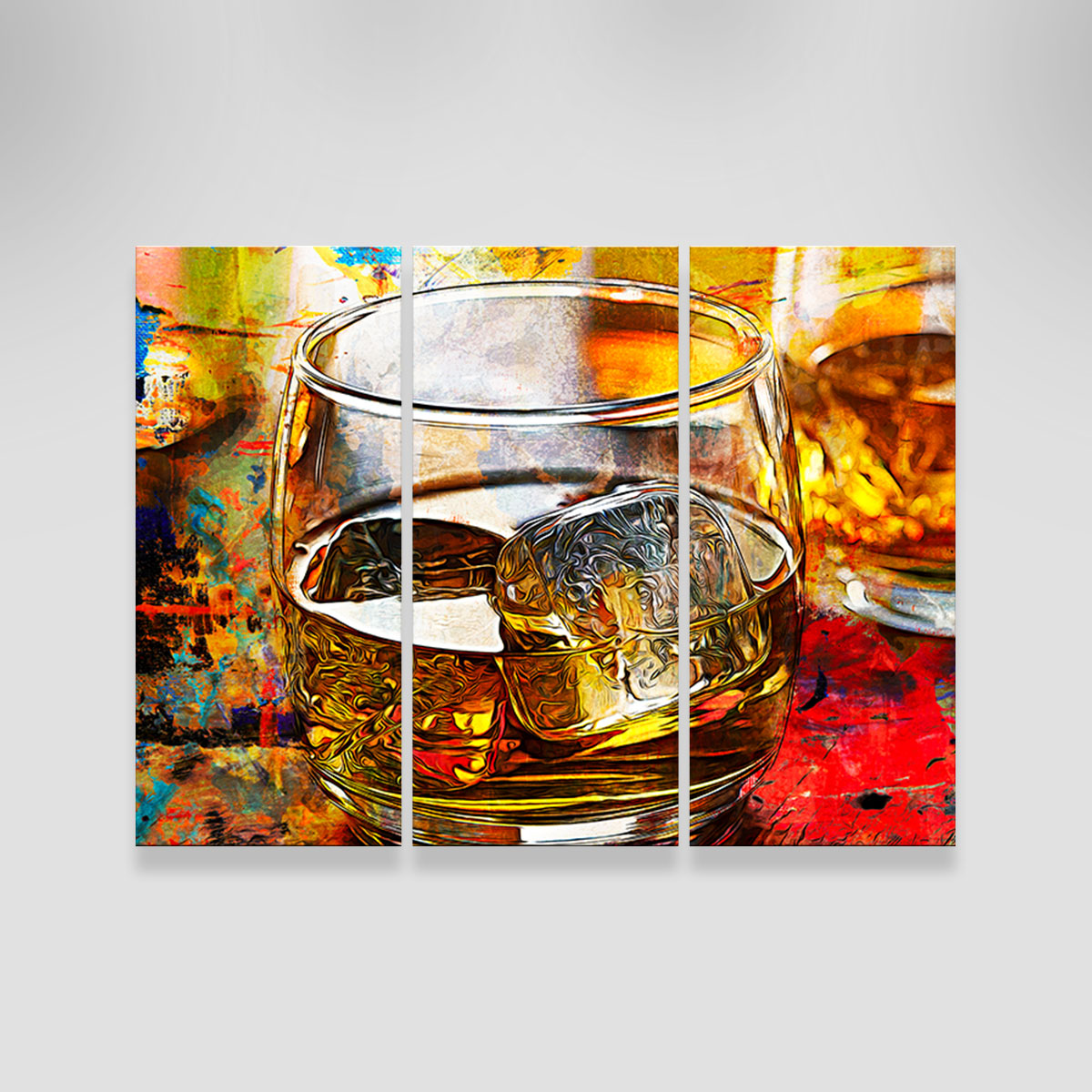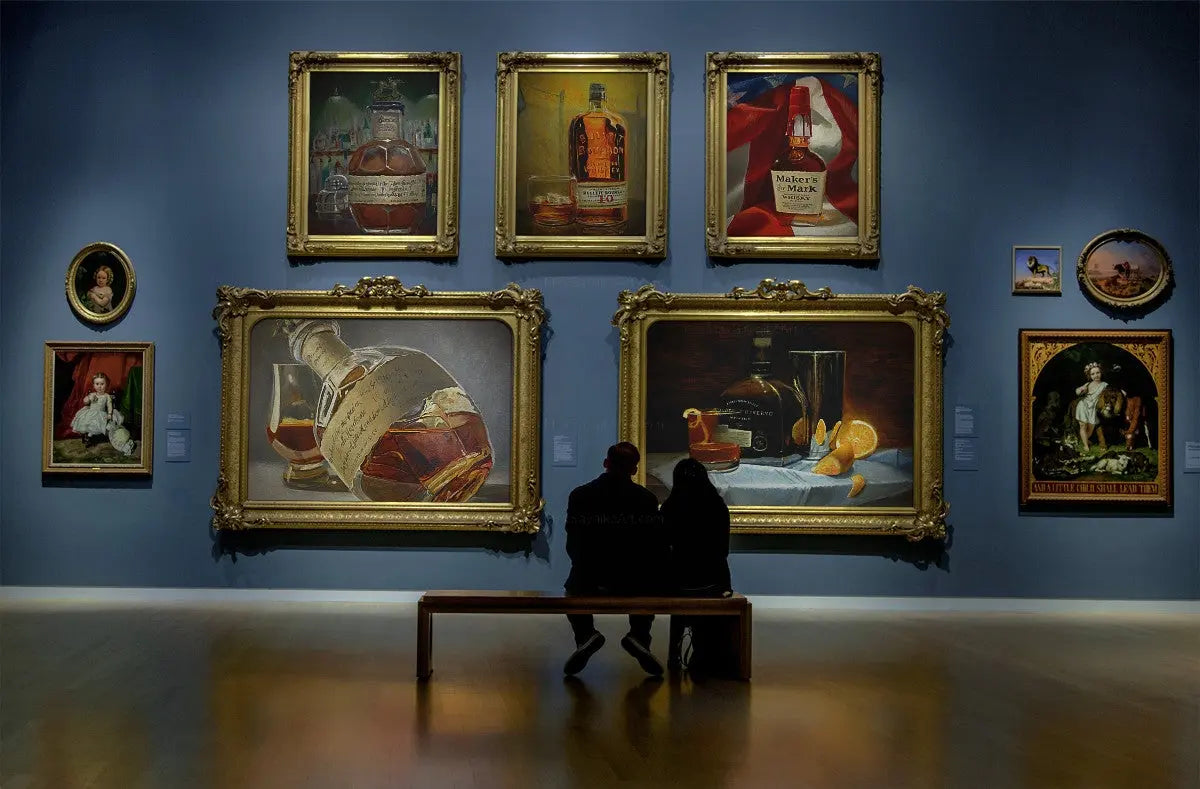The Importance of Whiskey Art in Celebrating Heritage and Workmanship in the Beverage Industry
The intricate partnership in between bourbon art and the event of heritage and workmanship within the drink industry can not be overemphasized. Through attentively made bottles and tags, whiskey brand names encapsulate their historical origins and the artisanal abilities that define their production approaches.
The Historical Origins of Whiskey
At the heart of bourbon's attraction exists an abundant tapestry of historical origins that trace back to old worlds. The origins of scotch can be linked to the distillation techniques of the Sumerians and Babylonians around 2000 BCE, where early kinds of fermented grain beverages started to arise. It was in the Center Ages that the art of distillation progressed significantly, especially in Ireland and Scotland, leading to the creation of bourbon as we know it today.
The term "bourbon" itself derives from the Gaelic word "uisce beatha," meaning "water of life." This expression highlights the cultural relevance of whiskey in Celtic cultures, where it was frequently related to routines, parties, and common bonding. By the 15th century, distillation came to be an acknowledged craft within monastic neighborhoods, leading the way for the establishment of lawful distilleries.
As profession courses increased, whiskey's popularity grew, transcending regional limits and catching the passion of lovers worldwide. Realism Art. This historical trip shows not only the workmanship behind whiskey manufacturing however also its important duty in social and cultural contexts, marking it as a significant beverage throughout background
Artistic Expression in Branding
Bourbon branding stands as a compelling intersection of creativity and business, where aesthetic identification plays a crucial role in shaping consumer perception. The appearances of bourbon tags, packaging, and advertising products show not only the brand's story however additionally its core worths and heritage. Through artistic expression, distilleries convey a narrative that reverberates with consumers, evoking feelings and sparking connections.
Using color, typography, and imagery in branding serves to set apart items in a saturated market. For instance, traditional concepts may evoke a sense of authenticity and workmanship, while modern-day designs can indicate technology and forward-thinking. This strategic imaginative direction improves brand name recognition and commitment, enabling consumers to create an individual partnership with the scotch they choose.
Additionally, imaginative expression in branding usually functions as a party of regional heritage. Distilleries frequently integrate local signs or historic references into their designs, creating a sense of area that invites consumers to participate in a more comprehensive social experience. Inevitably, the creativity behind bourbon branding not only boosts aesthetic allure but also improves the general narrative of the brand, cultivating a much deeper recognition for the workmanship and heritage embedded in each bottle.
Workmanship in Bottle Layout
The artistry noticeable in scotch branding expands past visual identification to incorporate the workmanship included in bottle design. Each bottle offers as a vessel not simply for the spirit within, but additionally for the story it outlines its origin, quality, and tradition. The layout procedure requires thorough focus to information, as components such as closure, form, and material contribute significantly to the overall assumption of the scotch.
Workmanship in bottle design entails selecting high-quality glass that can improve the whiskey's shade and clearness, while likewise giving a responsive experience for the customer. The silhouette of the container have to be both cosmetically attractive and useful, typically mirroring the heritage of the brand name. Lots of distilleries select unique shapes or embossed logo designs that stimulate a sense of credibility and history.
Moreover, the tag style and typography play an essential duty in interacting the brand's story. Whiskey Art. A well-crafted container not just mesmerizes the customer's eye however also strengthens the brand name's dedication to quality and custom. By doing this, the craftsmanship of bottle layout comes to be an essential element of the bourbon experience, merging artistry with a profound regard for heritage
Social Relevance of Whiskey Art
Commemorating tradition and workmanship, the social importance of scotch art transcends plain appearances, intertwining with the social and historical narratives of the regions where it originates. Each container acts as a canvas, portraying the one-of-a-kind tales, mythology, and customs that have actually formed local whiskey-making techniques. The elaborate styles typically show the heritage of the distillers, including symbols and concepts that resonate with the culture and values of their neighborhoods.

In addition, bourbon art plays a vital function in common gatherings and parties, functioning as a tangible web link in between individuals and their shared experiences. By appreciating the creativity in bourbon packaging, consumers grow a much deeper understanding and regard for the craft, eventually enriching their enjoyment of the beverage itself.
Modern Trends in Scotch Presentation
In recent years, the discussion of scotch has actually evolved to reflect contemporary preferences and fads while still recognizing conventional craftsmanship - Realism Art. Distilleries are progressively concentrating on aesthetic aspects that improve the overall alcohol consumption experience, connecting the gap between heritage and modernity
Innovative bottle styles have actually arised, frequently integrating lasting products and imaginative tags that inform engaging tales. Lots of brands currently team up with regional artists, infusing their products with special visual expressions that resonate with customers. In addition, limited-edition releases are usually packaged in collectible containers, adding worth and charm for aficionados.
Conclusion
Finally, bourbon art functions as an important channel for revealing the heritage and craftsmanship inherent in the drink market. Through detailed branding, ingenious container layouts, and culturally considerable artistic components, bourbon brand names efficiently recognize their customs and get in touch with customers. This artistic story not only boosts the gratitude of whiskey however also reinforces area identity and satisfaction among manufacturers. Eventually, scotch art plays a crucial duty in preserving and commemorating the rich cultural tapestry of whiskey-making.


Workmanship in container design involves choosing top quality glass that can boost the bourbon's shade and clarity, while likewise providing a responsive experience for the customer. In this way, the workmanship of bottle design becomes a vital facet of the scotch experience, merging virtuosity with an extensive respect for heritage.
In conclusion, scotch art serves as a vital conduit for revealing the heritage and craftsmanship integral in the beverage industry.